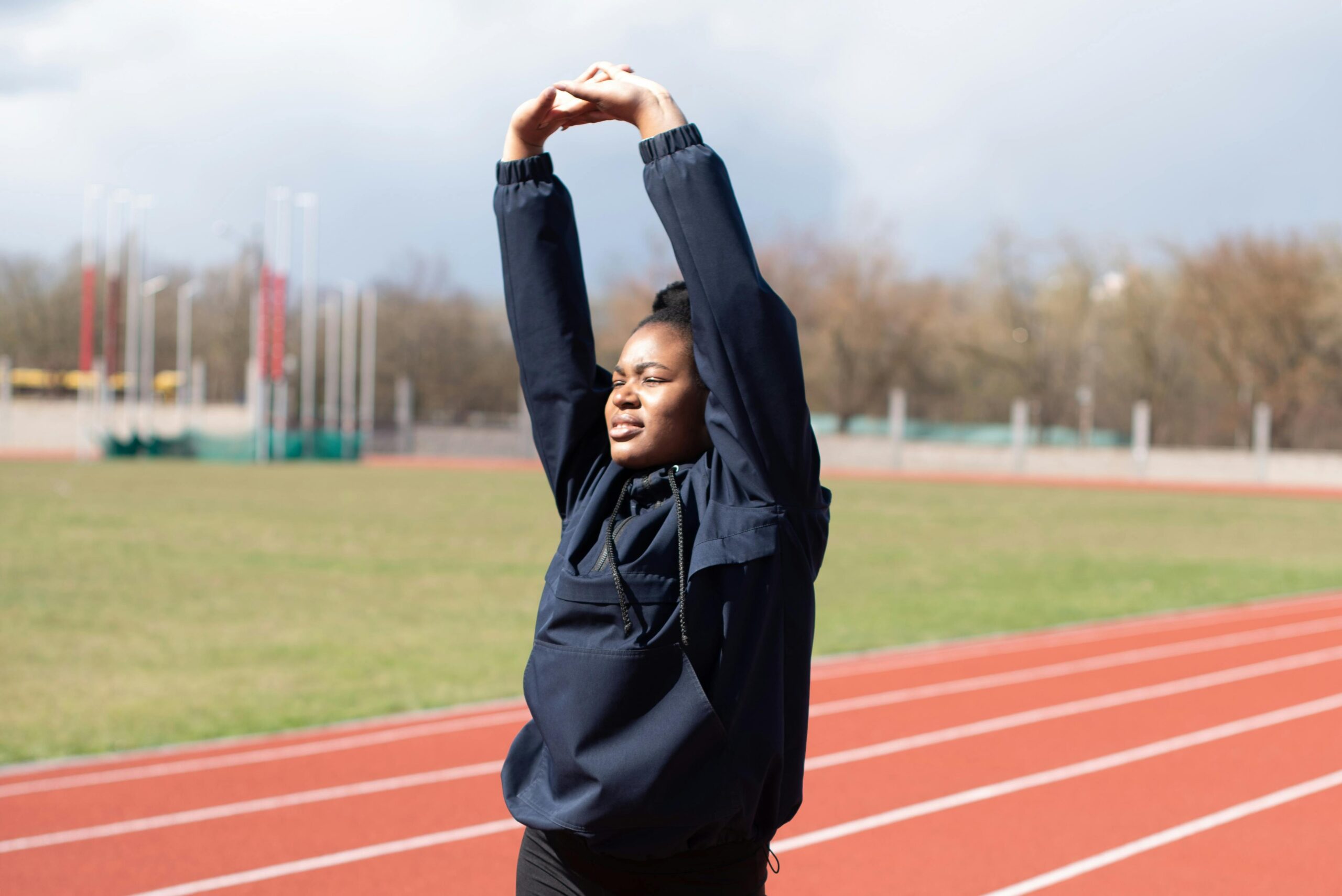Stretching isn’t just something to close out the end of a workout. It’s vital to maintaining flexibility, preventing injuries and supporting your long-term mobility. It can make or break how much independence you maintain at old age, gifting you the ability to live life on your own terms.
Whether you’re a certified athlete or just trying to stay active, stretching helps support your fitness journey. Yet, not all stretching techniques are created equal. Dynamic stretching consists of controlled leg and arm swings that gently take you to the limits of your range of motion. Ballistic stretches, however, involve trying to force a part of the body beyond its range of motion.
Here’s a deeper dive into what ballistic stretching is and whether or not it belongs in your wellness routine.
What Is Ballistic Stretching?
Ballistic stretching uses fast, bouncing movements to push your muscles beyond their normal range of motion. Think of touching your toes and then bouncing repeatedly to reach just a little farther with each motion. You can already feel the stretch just picturing it.
Unlike static stretching, where you hold a position for a period of time, or dynamic stretching, where you move through a full range of motion in a controlled way, ballistic stretching is more intense and rapid. One of its many benefits is that it increases your flexibility quickly, using momentum to deepen the stretch.
Ballistic stretching is commonly used in athletic training, particularly in sports that require explosive movements like sprinting, martial arts and basketball. For a woman doing every day tasks, especially caring for children, ballistic stretching can help keep you agile and limber.
Is Ballistic Stretching Risky?
Ballistic stretching can be risky if you’re not careful. Because this kind of stretching pushes the muscles beyond their natural limits through quick, jerky motions, there’s a higher risk of muscle strains, tears or injury. It can also trigger the body’s stretch reflex, a protective mechanism that causes a muscle to contract when it’s stretched too quickly. This might counteract the benefits and potentially cause harm.
That said, there’s nothing to fear. Ballistic stretching isn’t inherently dangerous. When executed correctly, it can be incredibly effective. This is especially true for those with an active fitness routine who need maximum flexibility and speed.
For most, especially beginners, it’s recommended to start with dynamic stretching and gradually work up to more advanced techniques like ballistic stretching.
How to Do Ballistic Stretching
Want to give ballistic stretching a try? Here’s how to do it safely.
Warm Up First
It’s important to never attempt ballistic stretching on cold muscles. Do a 5–10 minute warm-up like light jogging or dynamic movements to raise your body temperature and get blood flowing.
Start Slowly
Begin with gentle bounces and small ranges of motion. Over time, as your flexibility improves, you can increase the intensity.
Use Control
Although the movements are fast, they should never feel out of control or painful. Make sure to avoid jerking.
Target the Right Muscles
Common ballistic stretches include bouncing toe touches, leg swings or arm circles. Focus on the muscle groups relevant to whatever work you’re doing.
Limit Repetitions
10–15 reps per movement is usually enough. More is not always better, especially with high-intensity stretching.
Know When to Stop
If you feel sharp pain or discomfort, stop immediately. Stretching should challenge your muscles, but it definitely shouldn’t hurt them.
Ballistic Stretching Examples
Bouncing Toe Touches: Stand with your feet shoulder-width apart. Reach down toward your toes and gently bounce at the bottom of the stretch, trying to go a little farther each time. This is great for your hamstrings and lower back.
Leg Swings: Stand next to a wall or sturdy object for balance. Swing one leg forward and backward in a quick, controlled motion, gradually increasing the height. This targets the hip flexors, hamstrings, and glutes
Arm Circles with Momentum: Extend your arms out to the sides and make large, quick circles. The ballistic motion helps loosen the shoulders and chest muscles. It’s especially useful before upper body workouts or sports like swimming or tennis.
Torso Twists: Stand with feet shoulder-width apart, arms outstretched. Twist your torso from side to side with increasing speed, allowing your arms to follow through naturally. This warms up the spine and core.
Bounding High Knees: This is similar to high knees in a warm-up, but with more bounce and speed. Drive your knees up toward your chest quickly while staying light on your feet.
What You’ll Love About Ballistic Stretching
Ballistic stretching is accompanied by some unique benefits. If you want to make it a part of your routine, expect:
Enhanced Flexibility: Ballistic stretching can help improve your range of motion more aggressively than static or dynamic methods.
Better Athletic Performance: It mimics the quick, explosive movements seen in sports, which may help with agility and reaction times.
Time Efficiency: These stretches are fast and intense, making them great for those who want results quickly or have limited time.
Adrenaline Boost: The fast pace can leave you feeling energized and ready to perform, making it a favorite for warm-ups.
